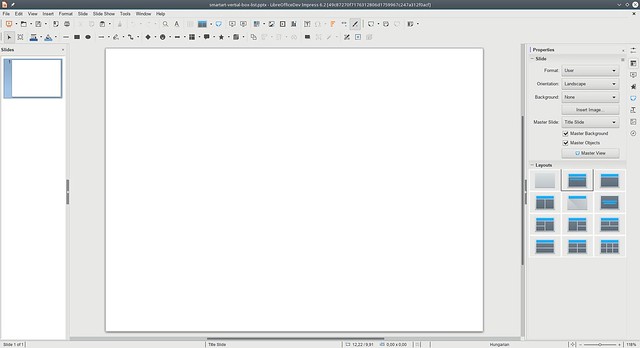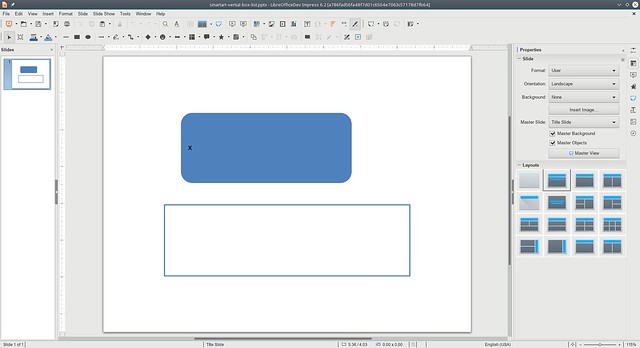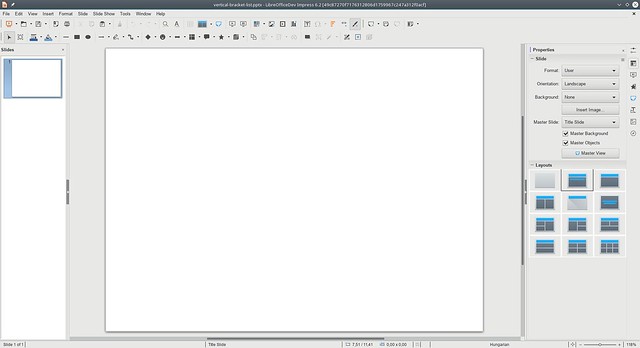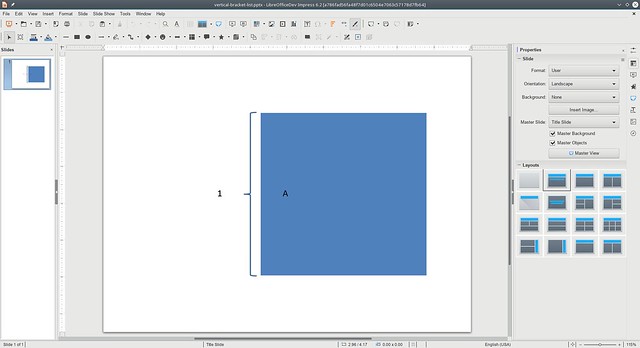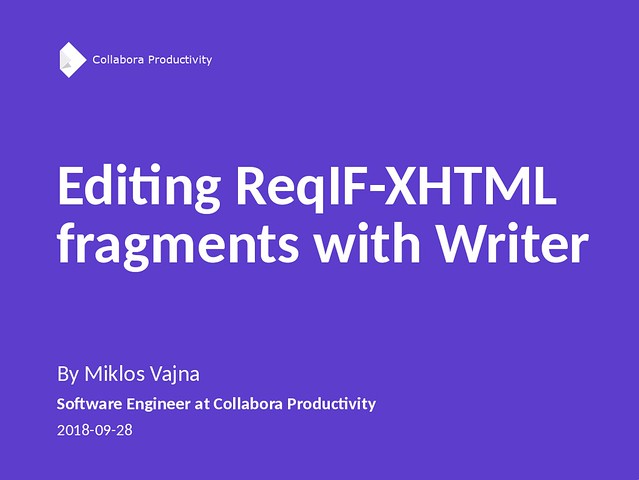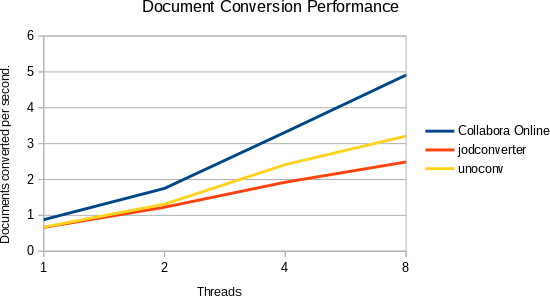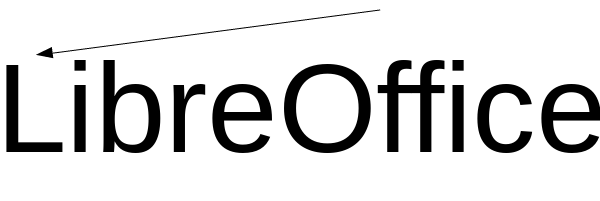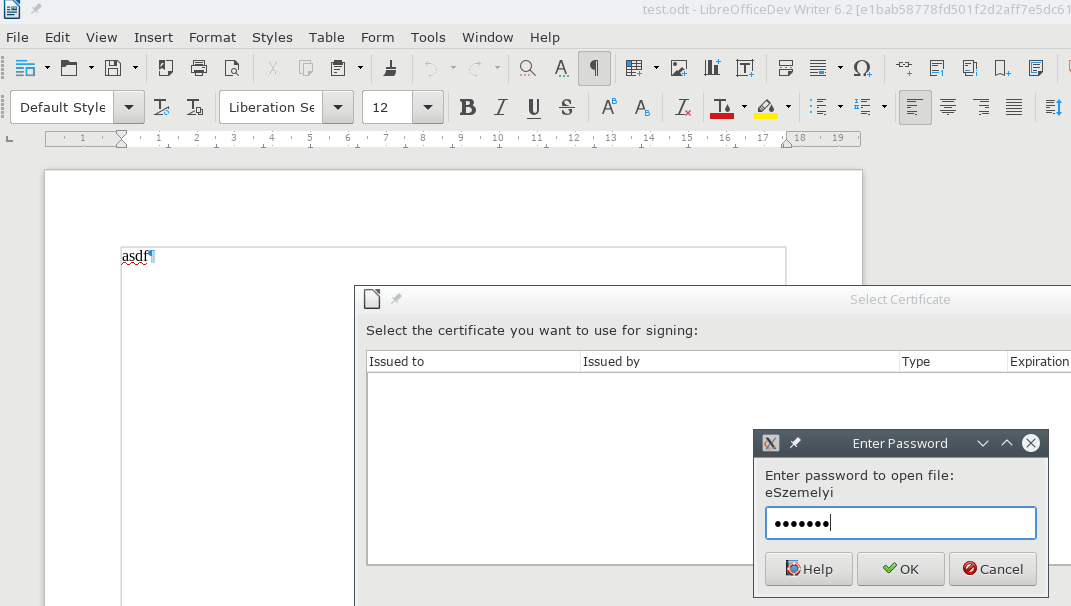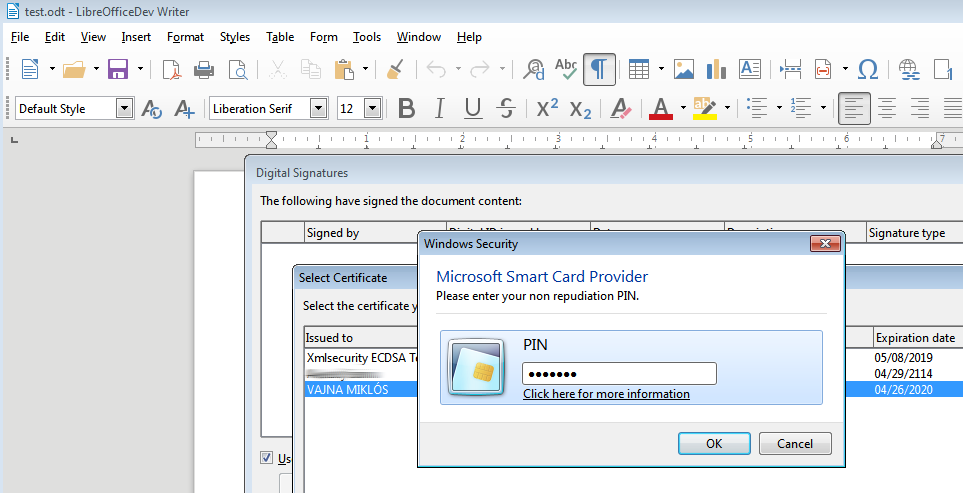Estimated read time: 2 minutes
I recently dived into the SmartArt support of LibreOffice, which is the component responsible for displaying complex diagrams from PPTX. I focus on the case when only the document model and the layout constraints are given, not a pre-rendered result.
Continuous Block Process, Accent Process and Organization Chart
In this post I would like to present the progress done last month regarding the above mentioned diagram types — these are used in many documents.
The improvement (as always) come in small incremental steps:
-
Continuous Block Process now reads space width from constraints.
-
Accent Process now has the missing bullets and fixes an incorrect large paragraph-level indent.
-
Organization Chart now has an initial implementation of the
hierRootandhierChildalgorithms. -
Organization Chart now handles multiple employees for a manager.
With all these fixed, we reach a much better state for the mentioned diagram types.
Results so far
The SmartArt test documents from sd/qa/unit/data/pptx/ is what I used for testing this work.
Here is how the baseline, the current and the reference rendering of Accent Process looks like:
smartart-accent-process.pptx, baseline
smartart-accent-process.pptx, current
smartart-accent-process.pptx, reference
And here is how the baseline, the current and the reference rendering of Organization Chart looks like:
smartart-org-chart.pptx, baseline
smartart-org-chart.pptx, current
smartart-org-chart.pptx, reference
This is not not perfect yet, but it’s clearly a large improvement, all text is now readable from the diagrams and bullets are no longer missing!
All this is available in master (towards LibreOffice 6.3), so you can grab a daily build and try it out right now. :-)
